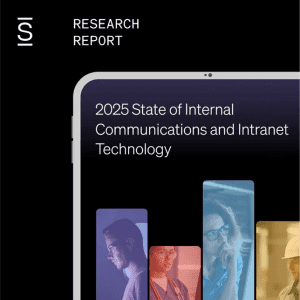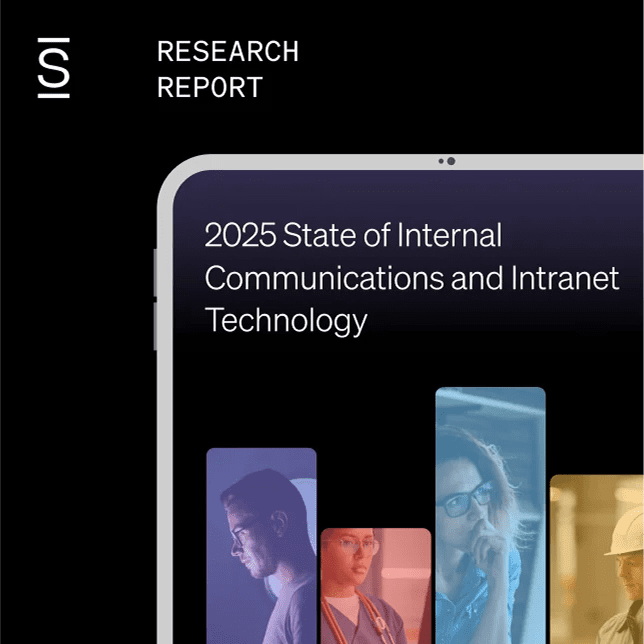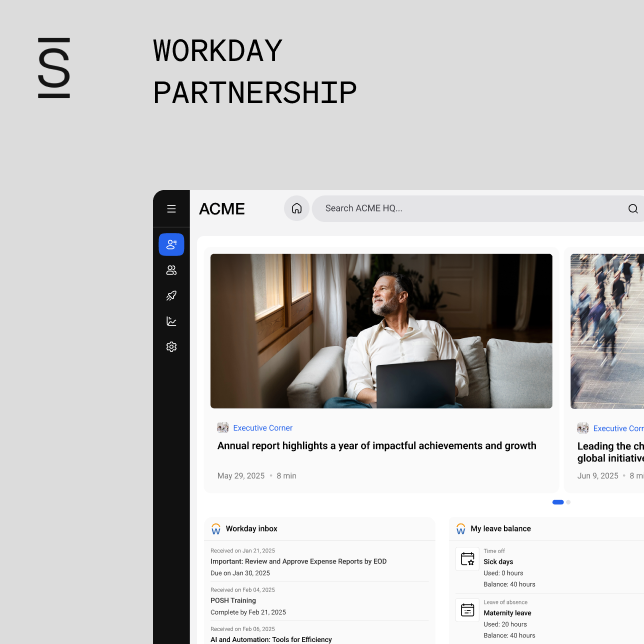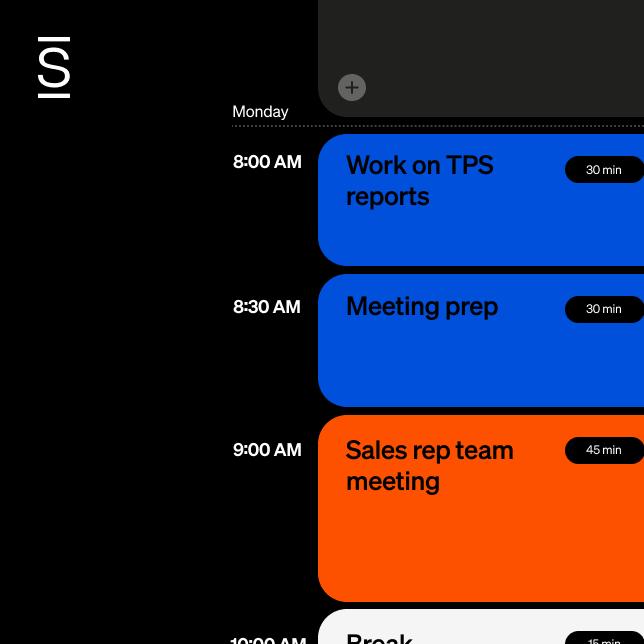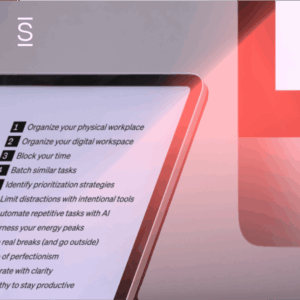Change: make it fast, make it first, and make it fair.
Things change. Every single day of our lives, we humans are faced with changes, big and small. Something comes along to disrupt the even rhythm of life we thought we had. In business, ignoring a trend that competitors are embracing is dangerous. If change is needed to stay ahead of the game, it must happen. Except it can’t just ‘happen.’ It needs to be planned and executed, and this is where change management comes into the picture.
“Change before you have to.” – Jack Welch, General Electric CEO, 1981-2001
Change management deconstructed
Let’s pick apart the concept of change management. Change is communicated to us all the time, along with the indicators of its inevitability, and we manage it by instinct or according to rules. That red traffic light, the station clock, a bus pulling away from a stop, that open container of cherry tomatoes that fell out of the fridge when you were grabbing milk for your Zoom call coffee – we manage stuff like this all the time.
We release the brake and accelerate when the light changes to green. We look at the station clock and realize we are early. We miss the bus and hail a cab, and we pick up the tomatoes because we don’t want the puppy eating those!
In business, change management is the coordination of a planned transition period from one situation to the next to achieve lasting change in the organization. It includes all approaches to prepare, assist and support individuals, teams, and leadership for organizational change. And it lives or dies on the back of consistent, clear communication around all these steps. Change is dangerous without a process, but so too is denying change all together.

Embracing the changes—and why you must
Why must things change all the time? Surely if it ain’t broke you don’t need to fix it? Well, Henry Ford’s Model T motor car, introduced to the world in 1908, never broke, but would you like to be driving around in one of those today?
Where would Netflix be now if they were still delivering movies to us in the mail like they did in the 1990s?
Or Domino’s Pizza, if they hadn’t embraced an online ordering system?
Change, done right, means growth. Let’s have a look at some of the things that could influence change in your company today.
Change can be influenced externally or internally. There is little an organization can do about external factors as they have no control over these.
External change management factors
- Competitive need for new technology to achieve optimal services or production always brings change. If the competition has superior technology, in theory, their bottom line will be healthier than yours.
- Economic situation in local or off-shore facilities. Fluctuating exchange rates, costs, inflation, access to resources, market demand, and others can all play a role in bringing change.
- Political and social activities and events
- Environmental factors such as climate change, limited resources, and transportation issues.
- Crisis situations like the Covid-19 global pandemic or severe natural disasters.
Internal change management factors
- Employee changes due to recruitment, termination, retirement, or promotion
- Policy changes like working hours, paid leave, holidays, and more.
- Physical changes like using new tech or materials or adapting to new equipment.
Grab the crystal ball
You’ll need to look to the future to see change coming, know the exact moment to implement change, and manage that, bearing in mind that no one wants to change for change’s sake. Essentially, no company can afford to stand still, so pay close attention to the effectiveness of company processes on the journey to achieving company goals. If these are off target, it’s time to consider how the future will look if no changes are made, and figure out a way forward through a managed change process.
“The world is changing very fast. Big will not beat small anymore. It will be the fast beating the slow.” Rupert Murdoch, Media entrepreneur.
Know where you are right now in order to change
It’s important to assess and analyze the current state of affairs within a company to identify potential areas for change and where roadblocks might be encountered.
The aim of this is to end up with a clear picture and shared understanding of the company’s current dimensions and its employees. When you have a realistic picture of where you are today, you can take the next steps.
You’ll need to carefully assess the capability for change within the company, looking at past changes and the pros and cons of those. Leadership needs to be on board from the word go, so they know how employees feel about the change from the very beginning of the conversation.
Given that change needs to be fast and accurate amid uncertainties, it’s probably wise to take off your rose-tinted glasses because what might sound like a quick and easy fix to leadership may not resonate the same way with all employees. Change is a complex procedure. Do it right and you’ll get where you want to be.
Mapping the road to success: The important steps of a detailed change management plan
The importance of creating a detailed strategy to plan and implement change is paramount. This will outline steps and provide a timeline for implementing the change, including identifying stakeholders and their roles.
Engage your stakeholders
Start by gathering information from everyone who is likely to be affected by the outcomes of the planned changes. Use surveys, interviews, focus groups, and brainstorming sessions.
Addressing employee concerns
Employees will want to know what the proposed change means for the company, and why it’s necessary. They’ll ask about the goals, and how the process of achieving those might affect them. They’ll want to know how long it’ll take, when it starts, what assistance will be in place, and how they can ask questions and give feedback. Discuss problems widely and pinpoint areas of resistance. “The world hates change, yet it is the only thing that has brought progress.” Charles Kettering, American inventor.
The power of collaboration
Invite broad input on problem-solving because some employees will be overly concerned but others are more resilient, and these groups can help one another. Being involved in problem-solving enables people to feel heard and feel valued, and when they feel part of a major solution, the employee experience is enhanced.
The importance of leadership buy-in
Get buy-in from leadership because they aren’t always aware of where critical change is needed at all levels of an organization. Know your problems and define your goals for change, or you won’t be able to implement an effective change management initiative.
Motivating teams
Without resorting to panic stations levels, instill a sense of urgency into the proceedings. This is stimulating and motivating. People won’t change because you tell them it’s a good idea, but if everyone is inspired by the need to change, they will want to change, and this will lead to greater commitment.
Once people are committed, you’ll need a team tasked with implementing a successful change program. The importance of diversity in this team cannot be overestimated.
Unlocking innovation through diversity
A diverse team will ensure open dialogue, reveal different mindsets and enable blue-sky thinking. Problem-solving and decision-making will be ‘out-of-the-box’ and valuable insofar as covering all the bases. Always take an open-minded view.
Key strategies for managing change with confidence“If you don’t like something, change it. If you can’t change it, change your attitude.” Maya Angelou, Author.
Expect resistance
Change nearly always means leaving your comfort zone, so of course people are likely to resist. Again, strong communication will offer solutions to issues around resistance, as will the invitation to openly discuss concerns through all levels of the organization.
Lead change effectively
There’ll be more about the fallout from change management gone wrong later. For now, it’s important to know that effective leadership starts with early, consistent, transparent communication, clear planning and follow-through, and dedication to engaging stakeholders at every company level.
Balancing transparency and information overload
Don’t overwhelm people with too much information, but rather stick with the ‘need to know’, and never speculate. It helps to be honest about the disruption change can bring. Let teams and individuals know that management is also undergoing a change process and encourage open conversation about this.
Embracing change with humor and humility
Given that even the best-intended change can be messy and complicated, and accounting for the awkwardness that change can foist on an individual or organization, consider including co-workers in events like National Awkward Moments Day, on 18 March 2023. This breaks the ice, shines a light on humility, and adds a bit of humor to the everyday.

Call in outside help if required
We’re not all change management experts. Even when the best efforts have been employed, and training and support have been offered, initiatives can falter. Sometimes it’s difficult to see issues objectively within your own workplace, and outside expertise is needed to maintain the change process.
Eliminate bureaucracy
Eliminate bureaucracy by removing barriers in the form of policies, processes and rules obstructing a smooth path to change. Be aware that this can affect organizational cultures, so be ready to adapt where required.
Celebrate the small wins
Every small achievement counts towards the whole and can be used to build further, repeatable steps in the process toward change. In the words of the great impressionist artist, Vincent van Gogh “Great things are done by a series of small things brought together.”
Maintain a sense of urgency
Keep going, and don’t settle for less. Revisit the ‘sense of urgency’ concept of your initial proposals, so employees can keep their focus on this while driving for change. Stick to your plans but be as flexible as possible within those so you can cope with obstacles and detours bound to arise.
Effective communication is key
Clear, consistent corporate communication with all employees affected, between management teams, departments and individuals, around the plans to change and expected outcomes is paramount to a seamless transformation. This way, people understand the process and why it’s necessary and feel better about getting involved and playing their part in making things work.
Good communication, outlining what change is happening and what the impact on each individual or team might be, is the best way to engage employees.
Without quality communication, employees won’t have a clear vision of where the change will take them, or be able to see the steps to realize it. People won’t change just because someone has told them it’s a good idea.
They must believe in the reasons for change and want to participate in its trajectory. These reasons must be communicated early, whatever the change involves, whether it’s adapting to new software, an organizational restructure, or a relocation.
Internal town hall meetings are a great way to give and receive information, along with video conferencing and email communications, or better still use a modern intranet.
Sustain the change through these good communications and this will allow you to foster the new normal. Good communication leads to collaboration and commitment and drives a good employee experience.
Don’t skimp on training and support
Once it’s been decided that change is needed, change leaders are required. It’s important to develop individuals to lead teams and departments through the process to ensure effective outcomes. With the correct training and support offered, transformation will be powerful and worthwhile.
Change leaders will know that most change is brought about by uncontrollable inputs like rapidly developing technology, disruptions in the supply chain, or the boom in remote work situations, and will understand the need to support co-workers resistant even to inevitable change. This will have a direct bearing on the success of change initiatives.
Within the training program, ensure that management behaviors support change. Change must be led transparently from the top down and sustained through all levels of the organization with open dialogue and a strong communication strategy.
If the useful soft skills for managing change are underdeveloped in any area, these can be learned. They include communication, active listening, analysis, strategic thinking, resilience, agility, flexibility and others.
Training for change can be offered in many ways such as workshops, training sessions or individual coaching.
Change management gone wrong

Manage change, or change will manage you. Calculated change involves uncertainties and therefore always carries risks. A failed change strategy is usually costly not only in monetary terms but also with regard to disruption in the workplace, lost opportunities going forward, wasted resources and lowered morale.
Poorly managed initiatives will lead to feelings of uncertainty and insecurity and this will undermine employee engagement, retention, and productivity as a whole. And they can also impact customers and suppliers, and damage brand visibility and reputation, so these need to be evaded, but how?
- Make sure people are aware of the extent of the change and its impact. This way, everyone is informed and will feel more open-minded and secure about what’s to come.
- Negative attitudes and resistance to change are to be expected. Ensure lines of communication are open and people are free to offer feedback.
- Keep an ear open for rumors and gossip. Use your myth-busting communication skills to keep the truth circulating.
- Inclusion in decision-making processes is vital for cohesion going forward. If employees feel left out, their confidence will be undermined and this can affect morale.
- Make sure there’s money and resources available. If the budget is inadequate, you’re dead in the water.
- Support and involvement from leadership are critical, or else it’ll be seen as ‘one thing for them, but another for us’ and support for change will weaken.
- Past experiences of failed change efforts are a cause for concern. Don’t repeat mistakes whether they are yours or made by others. Do it differently this time. Do it better and do it right.
Manage, monitor and move forward
You won’t know if your transformation program works unless you consistently monitor progress. Start by re-defining and re-evaluating the objectives of the program. Once that’s done, study collected feedback from employees to find out what they think, and how the change process is impacting the company mission.
Can people suggest areas where improvements are needed? Do they feel included in the process, and know that their opinions and ideas matter? Do they have the support and resources required to weather the changes still to come? Remember, a lack of attention to detail could cause the loss of top talent.
Team leaders need to know what’s what on the ground, so leadership can lean on them for information about what employees think of the change process. Or, they can try viewing their employees like they do customers.
When employees are regarded as ‘internal customers’ you can evaluate the employee’s journey toward change much as you would view a customer’s experience with a product or service. Ask how the experience is for them, what the positives and negatives are and how they feel about future applications.
While monitoring is in process, take note of feedback that enables the identification of possible skills gaps looming in the future. Pre-empting these will prevent surprises, save time and money and enable more frictionless transformation when the time comes.
10 effective tips for successful change management
To summarize, let’s spotlight some of the best practice processes for a good change management experience.
- Communication must be early, timely, frequent, consistent, easy to understand and relevant.
- Define areas of possible risk, understand the risk tolerance of your company and plan around that.
- Monitor progress, review, make necessary changes and adapt as you go.
- Don’t complicate things. Keep your program straightforward, easy to understand and clearly focused.
- Ensure a bespoke change management team for new change. Every change process is different so use different people and make sure the team is diverse.
- Make collaboration a priority. If everyone has a mutual understanding of the processes involved, a smoother transition is enabled.
- Leadership must be fully aligned and committed to the proposed change, or the process will be hampered.
- Appropriate training and support are essential to build efficiency and confidence through the process.
- Welcome new ideas and suggestions from all areas of the company.
- Remember to celebrate the wins, including the small ones.
Well-managed change within a company allows new opportunities for growth and progress and new experiences, and drives flexibility and open-mindedness. Progressive companies today are, by nature, dynamic – meaning they are constantly active, changing, or developing via some kind of process.
This will happen anyway, whatever the company in question, but if these changes can be managed effectively, the outcome will be better. So, do we hold the destinies of our workplaces in our hands? The answer is yes.
“Destiny is no matter of chance. It is a matter of choice. It is not a thing to be waited for. It is a thing to be achieved.” William Jennings Bryan, US Secretary of State (1913-1915).
Reach out to connect for more change management tips—and be sure to subscribe to the blog so you aren’t missing any tips and resources we offer to help you along!

